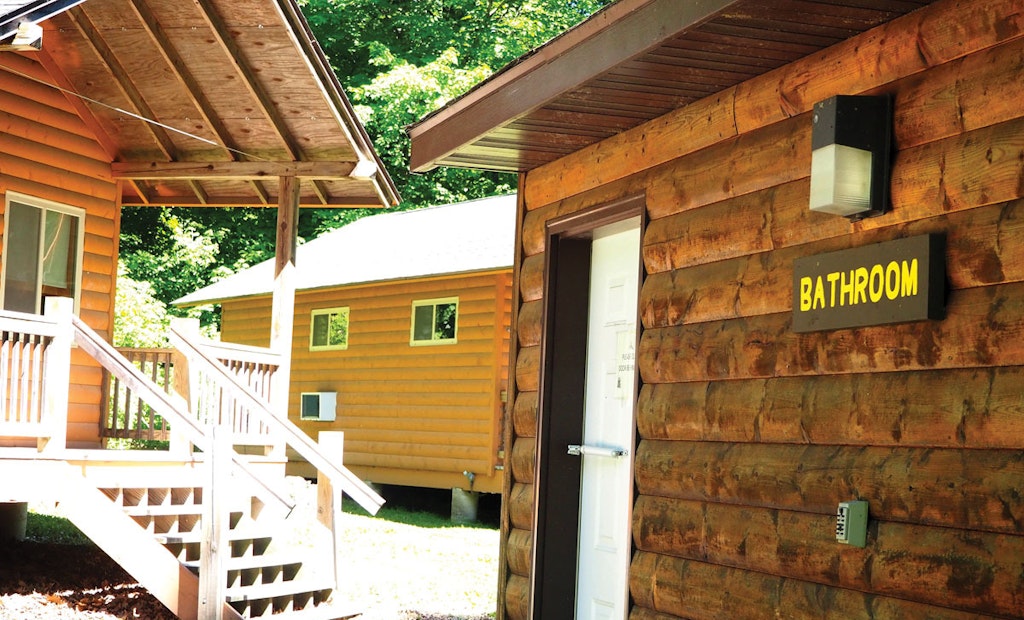
Vacation rental companies often inflate the occupancy limits for cabins utilizing septic systems. Tell your customers who rent these properties to set limits to match the gpd rating of the system. (Photo courtesy of Sara Heger)
According to the AirDNA website, the U.S. short-term rental supply hit record highs in 2022. That means more of your customers may be renting out their vacation homes either part time or full time. This can create numerous challenges for their property — including their septic...





